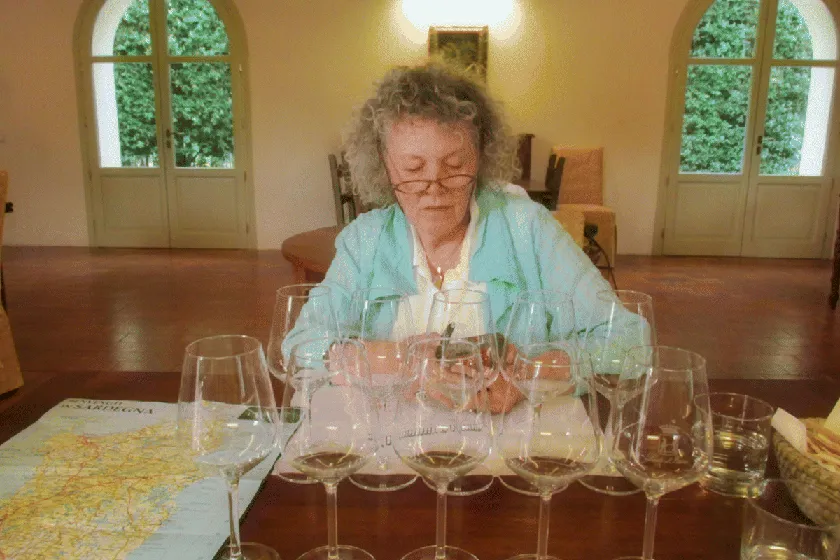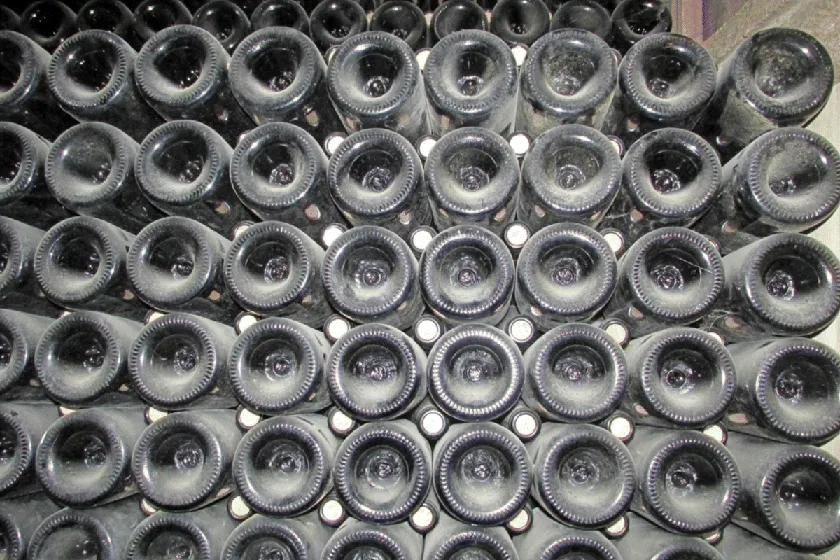
The Glass of Wine
The Science, Technology, and Art of Glassware for Transporting and Enjoying Wine
- English
- ePUB (mobile friendly)
- Available on iOS & Android
The Glass of Wine
The Science, Technology, and Art of Glassware for Transporting and Enjoying Wine
About this book
The first book to focus on the role of glass as a material of critical importance to the wine industry
For centuries glass has been the material of choice for storing, shipping, and sipping wine. How did that come to pass, and why? To what extent have glassmaking and wine making co-evolved over the centuries? The first book to focus on the role of glass as a material of critical importance to the wine industry, The Glass of Wine answers these and other fascinating questions.
The authors deftly interweave compelling historical, technical, and esthetic narratives in their exploration of glass as the vessel of choice for holding, storing, and consuming wine. They discuss the traditions informing the shapes and sizes of wine bottles and wine glasses, and they demystify the selection of the "right glass" for red versus white varietals, as well as sparkling and dessert wines. In addition, they review the technology of modern glassmaking and consider the various roles glass plays in wineries—especially in the enologist's laboratory. And they consider the increasing use of aluminum and polymer containers and its potential impact on the central role of glass as the essential material for wine appreciation.
- The first book focusing on the role of glass and its central importance to the wine industry
- Written by a glass scientist at UC Davis, home of the premier viticulture and enology program in North America
- Interlards discussions of the multi-billion-dollar glass and wine industries with valuable technical insights for scientists, engineers, and wine enthusiasts alike
- Illustrates the wide spectrum of bottles, carafes, decanters, and drinking glasses with an abundance of exquisite full-color photos
Both an authoritative guide and a compelling read, The Glass of Wine tells the story of the centuries-old marriage between an endlessly fascinating material and a celebrated beverage. It is sure to have enormous appeal among ceramic and glass professionals, wine makers, and oenophiles of all backgrounds.
Frequently asked questions
- Essential is ideal for learners and professionals who enjoy exploring a wide range of subjects. Access the Essential Library with 800,000+ trusted titles and best-sellers across business, personal growth, and the humanities. Includes unlimited reading time and Standard Read Aloud voice.
- Complete: Perfect for advanced learners and researchers needing full, unrestricted access. Unlock 1.4M+ books across hundreds of subjects, including academic and specialized titles. The Complete Plan also includes advanced features like Premium Read Aloud and Research Assistant.
Please note we cannot support devices running on iOS 13 and Android 7 or earlier. Learn more about using the app.
Information
Chapter 1
The Perfect Material – for Wine
“Fill ev'ry glass, for wine inspires us,And fires usWith courage, love and joy.”John Gay 1685 – 1732The Beggar's Opera [1728], act II, sc. I, air 19




Table of contents
- Cover
- Title Page
- Copyright
- Dedication
- Preface
- Acknowledgments
- About the Authors
- Chapter 1: The Perfect Material – for Wine
- Chapter 2: A Brief History of Wine – Storing and Drinking Wine Before Glass
- Chapter 3: A Brief History of Glass – and How It Came to Dominate Wine Appreciation
- Chapter 4: Modern Winemaking – A Role for Materials Other Than Glass and Ceramics
- Chapter 5: Ceramics Around the Winery – Alternatives to Oak and Stainless Steel
- Chapter 6: Glass Around the Winery – From Barrel to Lab
- Chapter 7: Perfection Through Fire – Modern Glassmaking
- Chapter 8: Beauty of a Random Nature – Glass Structure on the Atomic Scale
- Chapter 9: The Heel of Achilles – Why Glass Breaks
- Chapter 10: Let It Be Perfectly Clear – Why Glass Is Transparent
- Chapter 11: The Shape of Things – I. Why Bottles Look the Way They Do
- Chapter 12: The Shape of Things – II. The Rise (and Fall?) of Varietal-Specific Stemware
- Chapter 13: The Controversy over Cork – Glass Stoppers to the Rescue?
- Chapter 14: Perfection through Air – Glass for Aerating and Decanting Wine
- Chapter 15: The Glass of Wine – Now and Forever?
- Appendix A: A Primer on Primary Bonding
- Appendix B: Glossary
- Index
- End User License Agreement